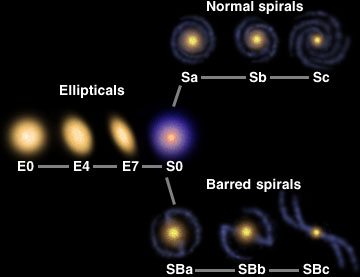A diagram which shows the many types of galaxies and their special names
Click on image for full size
Windows Original.
Galaxies - Star Cities
When we look up at the night sky, we notice that there are many stars
in our sky. Stars must like to live together in star cities -
galaxies. Our city of stars is called the
Milky Way, and it is home to
100 billion stars, including the Sun. The stars stay together because
of the force of gravity. There are as many other galaxies in our
universe as there are stars in our Galaxy!
Galaxies come in different shapes and sizes. They can be circular or
shaped like an egg (elliptical), or appear as
pretty pinwheels (spirals).
Some galaxies don't seem to fit into these groups, so they are called
irregulars.
You might also be interested in:
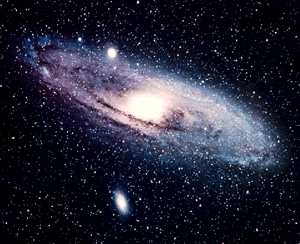
Spiral galaxies may remind you of a pinwheel that blows in the breeze. Like a pinwheel, a spiral galaxy is rotating, and it has spiral arms. Through a telescope or binoculars,a spiral galaxy may look
...more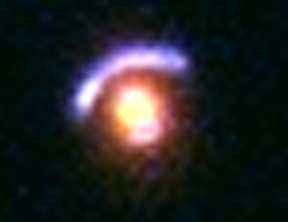
Some really cool pictures were taken by NASA's Hubble Space Telescope! The gravity of galaxies and black holes is able to bend the light coming from behind it. This makes a lens of light around the object.
...more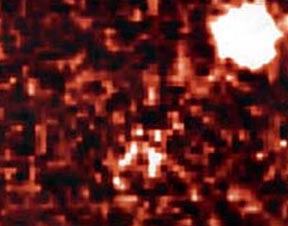
Scientists found a really old galaxy! It is one of the first galaxies ever! The galaxy is inside a huge black hole. They used radio signals to find it. Black holes give out energy when the suck in an
...more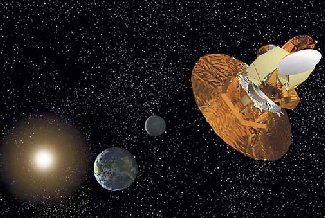
After the Big Bang, the universe was really hot! The leftover heat from that time is still around today. It is called Cosmic Microwave Background Radiation (CMB). CMB radiation is everywhere! It is in
...more
Good news! The Microwave Anisotropy Probe (MAP) was launched successfully last Saturday! Liftoff happened on time on June 30, 2001. The MAP teams says they couldn't have asked for a better start to the
...more
The Hubble Space Telescope (HST) is really neat! It was first launched in 1990, but scientists started building it in the 1970's! We have found all kinds of objects like stars, nebulae and galaxies. The
...more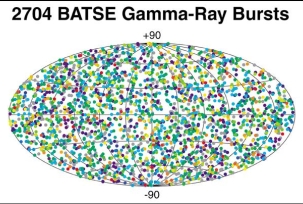
Satellites in the 1960's looked for a type of light called Gamma Rays. They found bursts of Gamma Rays coming from outer space! They can't hurt you. They are stopped by the Earth's atmosphere. We have
...more


